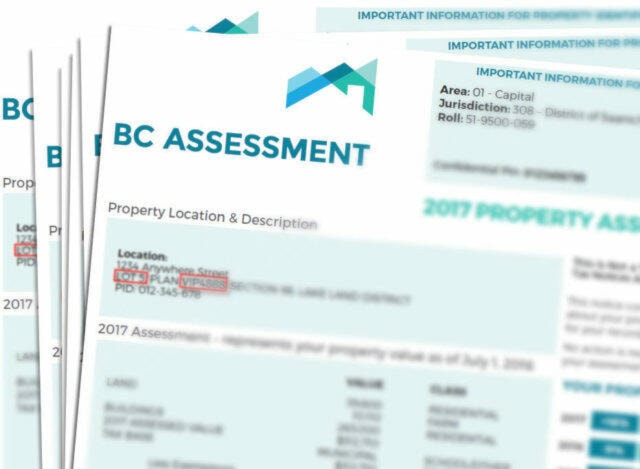Assessed values for single family homes in Terrace and area grew by an average five per cent from 2021 to 2022, a more modest increase than the double digit rise of the previous annual period, indicate figures released by the B.C. Assessment Authority Jan. 3.
The increase based on market values as of July 1, 2022, the date each year of when the assessment authority sets values, worked out to $461,000 compared to $439,000 as of July 1, 2021.
Percentage values for single family homes rose by 17 per cent from July 1, 2020 to July 1, 2021.
There was no percentage change in the average $225,000 value of a strata property from July 1, 2021 to July 1, 2022.
The average assessment for a single family home in the core or lower part of Thornhill is $267,200 while it is $417,000 on the bench area of Thornhill.
For the Horseshoe area of Terrace, the average assessment is $419,000.
On the Southside, the average assessment is $370,000 while on the Bench, the current assessment is now $553,000.
The Bench area of Terrace once again proved to be the dominant area of new single family residential construction when 24 single family homes were added to the B.C. Assessment Authority rolls between July 1, 2021 and July 1, 2022.
As of July 1, 2022, there were 984 homes on the Bench compared to 960 the year previous.
The number of homes within the Horseshoe dropped by one from 1,158 to 1,157 while there was no change to the Southside’s 716 homes and the 725 homes in Thornhill.
The average Terrace increase of five per cent equaled that of Kitimat where the value rose from $329,000 to $345,000.
But that five per cent for both communities was on the low side compared to other communities in the north.
Prince Rupert values rose by 14 per cent from $389,000 to $443,000 and by 14 per cent in Smithers from $438,000 to $498,000.
Within the north, Port Clements on Haida Gwaii registered the highest value increase at 38 per cent followed by Fraser Lake at 31 per cent. Pouce Coupe in northeastern B.C. registered a drop of seven per cent.
Significant changes in an individual property’s assessed value do not necessarily mean taxes will also increase.
The important factor is where the assessment for an individual property rests within the average change of that property’s class within the local government or taxing authority.
If the new assessment is lower than the average, taxes might decrease. If the assessment is higher, taxes might then increase.
City council is considering tax increases which could amount to more than 10 per cent for 2023 to cover the costs of general services, to replace aging infrastructure and to increase salaries of non-union employees. City finance director Lori Greenlaw did note that local governments cannot collect more property tax revenue than what is needed for a balanced budget.
“The finance department will recalculate the tax rate each year for each property class, ensuring that only the tax revenue that is needed is collected, taking into consideration the change in the assessed value,” she said.
“Taxes will increase by a percentage approved by council but may be more or less than this percentage if your assessed value has changed more or less than the average in your property class.”
Municipal taxes form just one portion of a total property tax bill with other government agencies adding in what they need.
That list includes taxes for schools, the Kitimat-Stikine regional district and the North West Regional Hospital District. The latter collects taxes for hospital equipment and construction, including the new Mills Memorial Hospital project.
